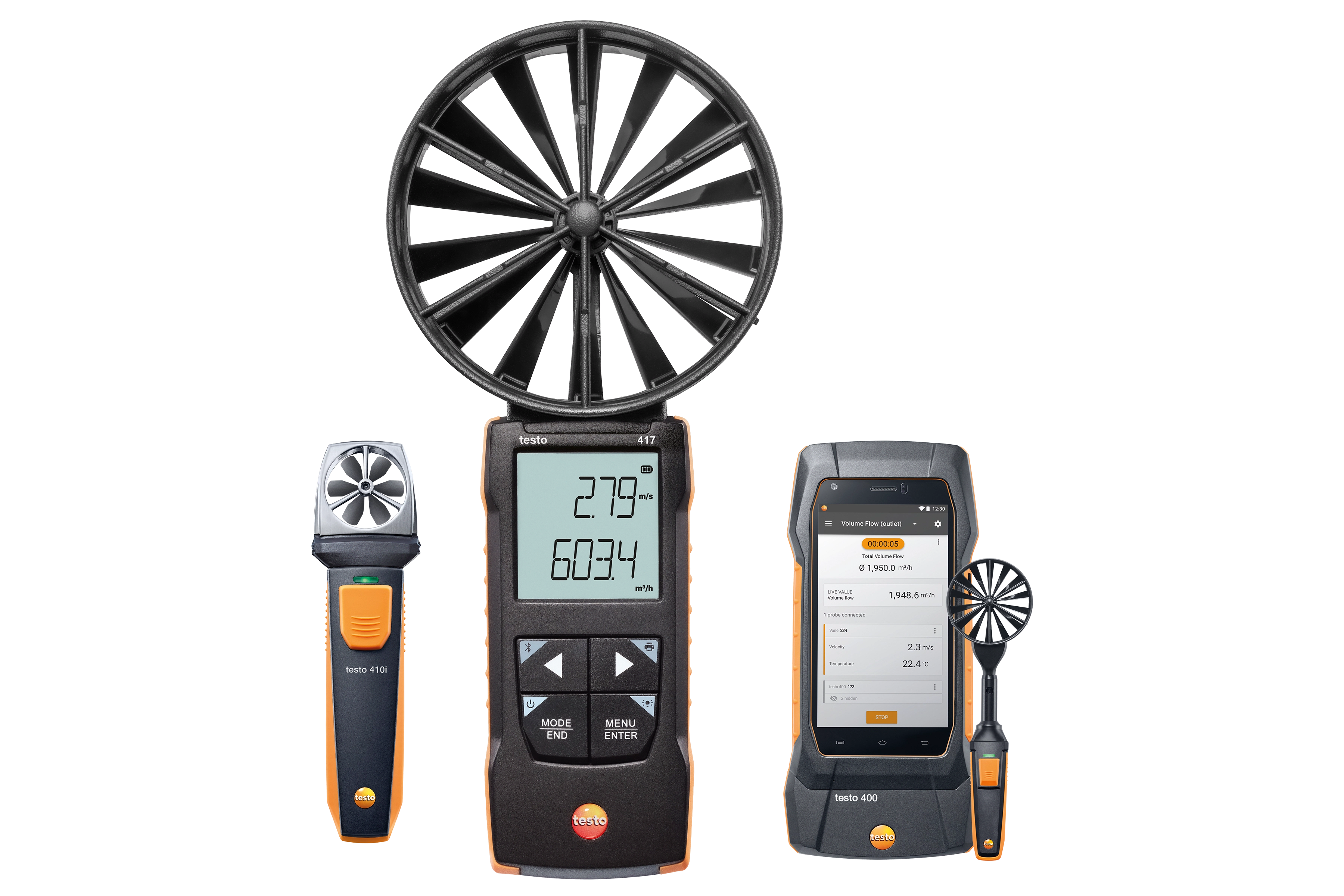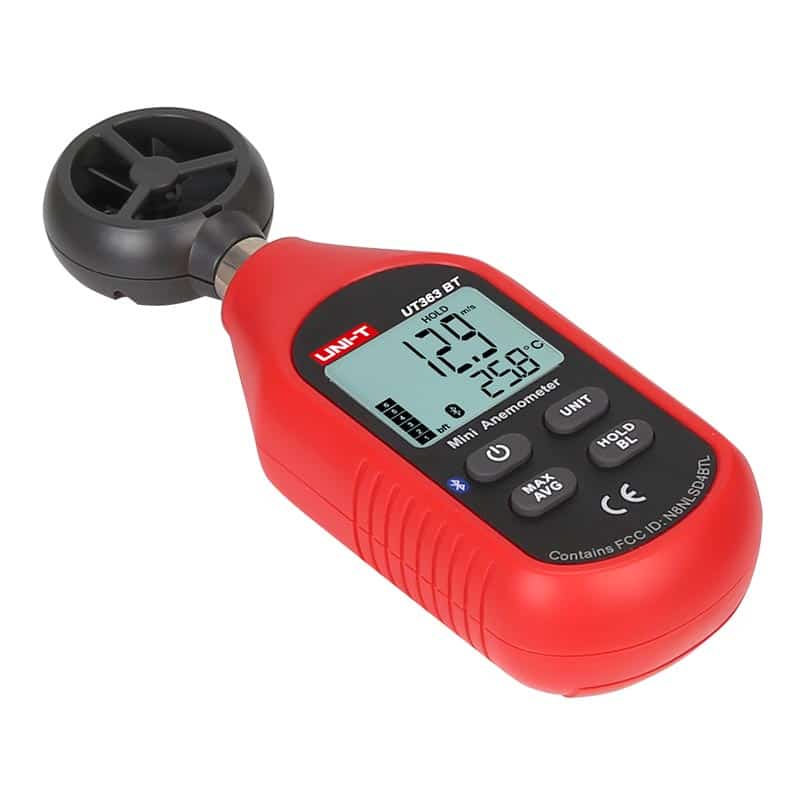Specialist Tips for Calibrating Your Anemometer for Ideal Efficiency
Specialist Tips for Calibrating Your Anemometer for Ideal Efficiency
Blog Article
Discovering the Features and Advantages of Anemometers for Weather Condition Enthusiasts and Experts
From mug anemometers to sonic anemometers, each kind brings its unique set of advantages and applications, dropping light on numerous elements of atmospheric problems. As we dig into the functions and benefits of anemometers, a much deeper understanding emerges not only of prevailing weather phenomena but additionally of the wider implications for markets like wind power manufacturing and environmental research.
Value of Anemometers in Weather Condition Monitoring
Anemometers play an important function in climate surveillance by giving exact measurements of wind rate, assisting in projecting and understanding weather condition patterns. These tools, varying from standard cup anemometers to contemporary ultrasonic anemometers, are necessary for meteorologists, researchers, and weather enthusiasts alike.

Kinds Of Anemometers and Their Applications
With the crucial role anemometers play in weather condition tracking and forecasting, comprehending the different kinds of these tools and their applications becomes crucial for experts and enthusiasts in the area. The most common kinds of anemometers include mug anemometers, vane anemometers, hot-wire anemometers, and ultrasonic anemometers. Cup anemometers are composed of 3 or four cups mounted on straight arms that rotate with the wind, gauging its rate. Vane anemometers, on the various other hand, use an easily revolving vane to straighten with the wind instructions, supplying both wind rate and instructions measurements. Hot-wire anemometers run based on the principle of convective heat transfer, where the cooling impact of the air circulation is measured to determine wind rate. Ultrasonic anemometers make use of ultrasonic sound waves to determine wind speed and direction accurately.
Mug anemometers are ideal and durable for basic weather condition monitoring, while vane anemometers are preferred for directional measurements. Ultrasonic anemometers are non-intrusive and offer high accuracy, commonly used in study and specialized weather tracking applications.
Advantages of Using Anemometers in Forecasting
In meteorology, the application of anemometers supplies very useful benefits for improving the precision of weather condition forecasting. Anemometers measure wind rate and direction, offering critical data for forecasting weather patterns. By including wind data right into projecting designs, this link meteorologists can better recognize the motion of weather systems, anticipate adjustments in weather, and problem extra exact forecasts.
In addition, anemometers play an important duty in examining prospective weather risks. Keeping track of wind speeds assists forecasters anticipate serious weather occasions such as storms, tornadoes, and winter tornados with greater precision. This early caution system allows authorities to issue prompt informs and implement necessary precaution, decreasing the risks to life and residential or commercial property.
Additionally, anemometers help in optimizing renewable resource manufacturing. By evaluating wind patterns, meteorologists can determine suitable areas for wind farms and anticipate power outcome, adding to the effective generation of wind power.

Anemometers in Wind Energy Production
Offered the crucial function anemometers play in offering precise wind data for weather condition projecting and hazard evaluation, their relevance includes the realm of wind energy manufacturing. Anemometers are necessary tools in the area of wind energy, where the measurement of wind rate and direction is essential for identifying the feasibility and performance of wind turbine installments. By precisely measuring wind speeds at varying elevations, anemometers help optimize the positioning and style of wind turbines to take full advantage of power outcome.
In wind ranches, anemometers are purposefully positioned to gather real-time wind information that is made use of to analyze the potential power manufacturing of a website. This information contributes in establishing the financial practicality of wind power jobs and in projecting energy generation to make sure grid stability. In addition, anemometers aid in monitoring wind conditions to enhance wind turbine performance, avoid damage from high winds, and make sure the safety and security of workers operating in the area of wind turbines.
Enhancing Climate Recognizing With Anemometers

Anemometers play a crucial role in boosting our understanding of microclimates. These localized weather can differ considerably from more comprehensive local forecasts, making it important to have precise information for certain areas. anemometer. By purposefully placing anemometers in various places, researchers can gather detailed info on just how wind behaves in different terrains, urban environments, or bodies of water
Additionally, anemometers add to boosting weather forecasting designs by giving real-time data on wind habits. This info is particularly beneficial for predicting serious weather condition occasions, maximizing agricultural methods, and supporting industries like aeronautics and maritime navigating. Generally, anemometers are vital instruments that enable us to dive deeper into the complexities of climate systems, eventually leading to more better-informed choices and exact forecasts.
Verdict
In verdict, anemometers play a vital function in weather condition monitoring and forecasting by determining wind rate and direction. Anemometers additionally have applications in wind power manufacturing, additional highlighting their importance in both meteorology and renewable energy markets.
From cup anemometers to sonic anemometers, each type brings its special set of benefits and applications, dropping light on various elements of atmospheric problems. These tools, ranging from standard mug anemometers to modern ultrasonic anemometers, are important for meteorologists, researchers, and climate enthusiasts alike. The most find more information common types of anemometers consist of mug anemometers, vane anemometers, hot-wire anemometers, and ultrasonic anemometers. Mug anemometers are suitable and durable for general climate surveillance, while vane anemometers are favored for directional useful site measurements. Anemometers are important instruments in the area of wind energy, where the measurement of wind speed and direction is important for determining the feasibility and efficiency of wind generator installments.
Report this page